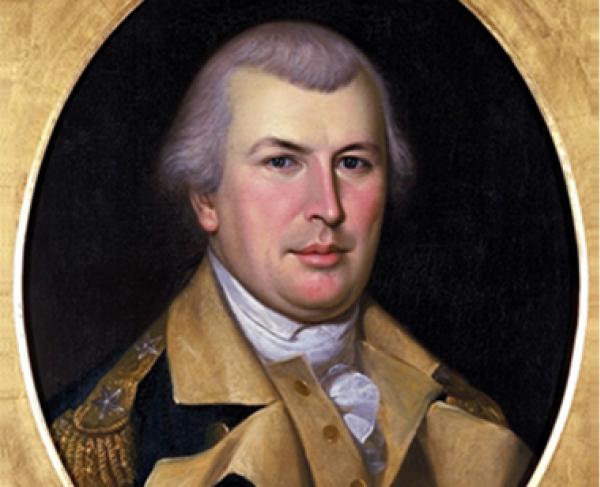Officials for the New York City Department of Environmental Protection have in recent days honed a process that can detect the genetic material of the disease in wastewater. Analyzing the sewage, a process that the department regularly does, “could be a quick way to get ahead of outbreaks before people start showing up in emergency rooms,” said Vincent Sapienza, commissioner of the Department of Environmental Protection.
More than 23,000 New Yorkers have died from Covid-19, including probable deaths, and more than 12,000 people were hospitalized with the disease during the peak of the crisis in mid-April. Researchers have determined that an estimated one in five New York residents have had the virus, which might have been introduced in the area earlier than the first reported case on March 1.
Currently, around 1% of New Yorkers are testing positive for the disease, and New York City is set to enter the next phase of reopening on July 6. While in this lull, public-health experts, scientists and others are working to roll out new types of surveillance that can be used to help better determine public-health decisions if there is a resurgence of the disease.
Scientists say that some people who have the novel coronavirus excrete some of the virus in their feces, even before symptomatic. Utilities all over the U.S. have started looking at whether sewage can yield useful information about outbreaks of Covid-19. The thought is that microbiologists can quantify the amount of viral material that is in a wastewater sample and health workers can look for hot spots.
Testing wastewater for pathogens isn’t a new public-health strategy; it has been used to help stem polio outbreaks. Like other municipalities, in New York City the water is tested to remove pathogens at one of the city’s 14 wastewater treatment plants. And researchers have well-developed processes that detect some common viruses that cause gastrointestinal disease.
What is new is developing a protocol for detecting the novel coronavirus in wastewater, and there are varying methods being developed quickly for a process that is accurate, fast and easily deployed.
Generally, experts say, the process involves taking a wastewater sample, concentrating the genetic material in the sample, and extracting the viral genetic material, or RNA. The extracted viral RNA is reverse transcribed to DNA, and the amount of genetic material in the sample is then quantified. There is substantial variation in the laboratory methods scientists have been developing as standardization has just recently started.
Biobot Analytics in Cambridge, Mass., has developed one technology that is being used in 42 states. They provide weekly testing, according to a spokesman.
Researchers at SUNY College of Environmental Science and Forestry and Syracuse University have developed another method—different from the method being used in New York City—that is being piloted in several counties and municipalities throughout the state.
Tompkins County in the Finger Lakes region was among those in the pilot group. Frank Kruppa, Tompkins County public health director, said in a statement that the county was interested in the potential of the technology and welcomes a statewide effort for wastewater screening, which would “be important going forward.”
A spokesman for the state Department of Health said analyzing wastewater is something the state is exploring. “Even though wastewater is not known to spread the virus, wastewater surveillance has the potential to provide a community-level indicator of the presence of Covid-19 that could help inform public health policy decisions,” he said.
David Larsen, an associate professor at Syracuse University, said the goal is to get their system to a same-day protocol, where water levels could be refreshed daily so that public-health officials can make quick decisions about the levels of risk in the community.
Dr. Larsen said the new technology will be implemented in Syracuse University dormitories this fall to test water leaving buildings. So long as it isn’t a dorm with 20,000 people, he said, the technology is there to know that one person is shedding the disease. With that knowledge, health workers could go to the dormitory and conduct screenings to see who needs health care.
New York City officials determined that they needed their own custom method to detect coronavirus in wastewater. The city’s Newtown Creek Microbiological Laboratory is sophisticated enough to shepherd this work, officials said, though more equipment would allow for more testing.
One specific complication, said Andrea Silverman, an assistant professor of environmental engineering at New York University’s Tandon School of Engineering, who is working in partnership with the DEP, is that the city has a combined sewer system where sewage mixes with storm runoff that changes the flow rate and can dilute a sample. As different parts of the city reopen—like Midtown Manhattan—that can also change the water flow rate, she said.
Right now, according to Dimitri Katehis, director of regulatory compliance and innovation for the DEP, the city’s technology can determine the presence or absence of disease in wastewater, partly because the overall infection levels are so low.
If there is a resurgence, Dr. Katehis said, the wastewater would show the different stages of infection. Creating this history of samples, including data from other municipalities, is critical to being able to support the city in the fall, he said.
The city’s technology, however, isn’t yet able to estimate the number of people affected by the virus. That capability is still in the early stages.
But, said Dr. Katehis, “part of the longer term plan is when we see a hit, to go upstream and do sampling at pump stations or regulator stations to allow us to provide more targeted info to the Department of Health and Mental Hygiene so they can put additional resources in neighborhoods.
[END REPORT]
********






